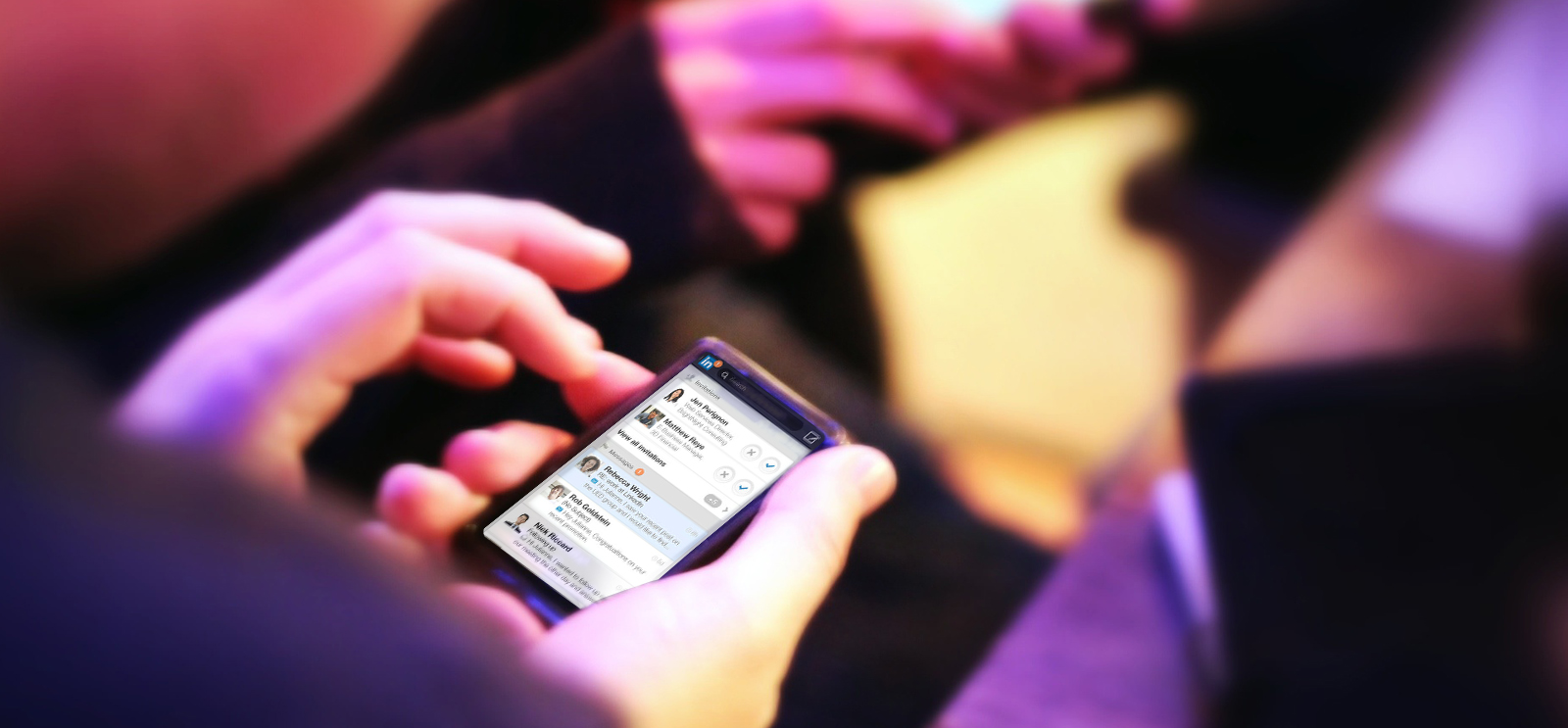
(Photo collage by Joy Olivia Miller; source photo by Phil Campbell, CC BY 2.0)
Three tactics for networking, plus tips for impressing employers.
On the reality show The Bachelor, as many as 25 women compete for the affections of one man. They employ various strategies to “win,” but obviously the only person on the show guaranteed to end up with a partner is the one who gets to choose: the titular bachelor—or bachelorette in the case of the spinoff.
[[{"type":"media","view_mode":"media_original","fid":"3250","attributes":{"alt":"","class":"media-image","height":"343","typeof":"foaf:Image","width":"500"}}]] According to the book The 2-Hour Job Search, the bachelorette’s fate in the reality show game ultimately rests in the hands of the Bachelor, much as a job seeker’s fate rests in the hands of the hiring manager. (ABC/Rick Rowell)
However you feel about dating or reality shows, as a job applicant “you want to be the bachelor,” says Melissa Smith, a career adviser in the College’s Office of Career Advancement.
 This advice is part of the 2-Hour Job Search, a new program run by Career Advancement. Based on Steve Dalton’s book of the same name, the College’s program aims to demystify—and give students a manageable path through—the labyrinth of job hunting. The goal is to be in a position to choose from as many employer-suitors as possible.
This advice is part of the 2-Hour Job Search, a new program run by Career Advancement. Based on Steve Dalton’s book of the same name, the College’s program aims to demystify—and give students a manageable path through—the labyrinth of job hunting. The goal is to be in a position to choose from as many employer-suitors as possible.
“In the past we said, ‘Yeah, go out and network,’” Smith says. “But what does that really mean?”
Smith and her colleagues say the job search takes just three steps:
- Create a contact list. This can be daunting, but the program breaks it down step by step, directing job seekers to find potential employers or industry professionals using LinkedIn, indeed.com, the UChicago alumni network, and plain old googling. Prioritize the list—using an Excel spreadsheet and a point system based on basic game theory and optimization—to reach the most promising and interesting contacts first. (70 minutes)
- Send emails and follow up as needed. (50 minutes)
- Go on as many informational interviews as possible until you find a job. This last step, obviously, takes the time commitment over the two-hour mark.
Career Advancement offered two sessions in the fall, both for fourth-years, and is offering more this month and later this spring for both third- and fourth-years. In the meantime, here are some useful tips gleaned from the workshop:
- Keep your introductory email short: 100 words or fewer.
- Smith says, “The students here can overdo it sometimes,” but really stick to the recommended 10 contacts at a time.
- Practice your small talk. “The first five minutes of an interview can be the most important,” Smith says. Whether it’s for a specific position or just an informational interview, the interviewer is evaluating the interviewee’s compatibility as a coworker as well as his or her abilities.
- That said, don’t get personal. It cannot be emphasized enough: “How much do you make?” is never an appropriate question.
[[{"type":"media","view_mode":"media_original","fid":"3251","attributes":{"alt":"","class":"media-image","height":"343","typeof":"foaf:Image","width":"500"}}]] “Given what you’ve learned in your time at your employer, what would you do, if you were me, to maximize your chance of getting an interview?” is the one-question version of TIARA, according to career consultant Steve Dalton. (Photography by damselfly58, CC BY-NC-ND 2.0)
- Don’t forget your TIARA. Once you’ve moved past pleasantries, ask your contact about Trends in the business, Insights gained, Advice to those seeking a career in the industry, Resources for more information, and Assignments he or she is working on.
